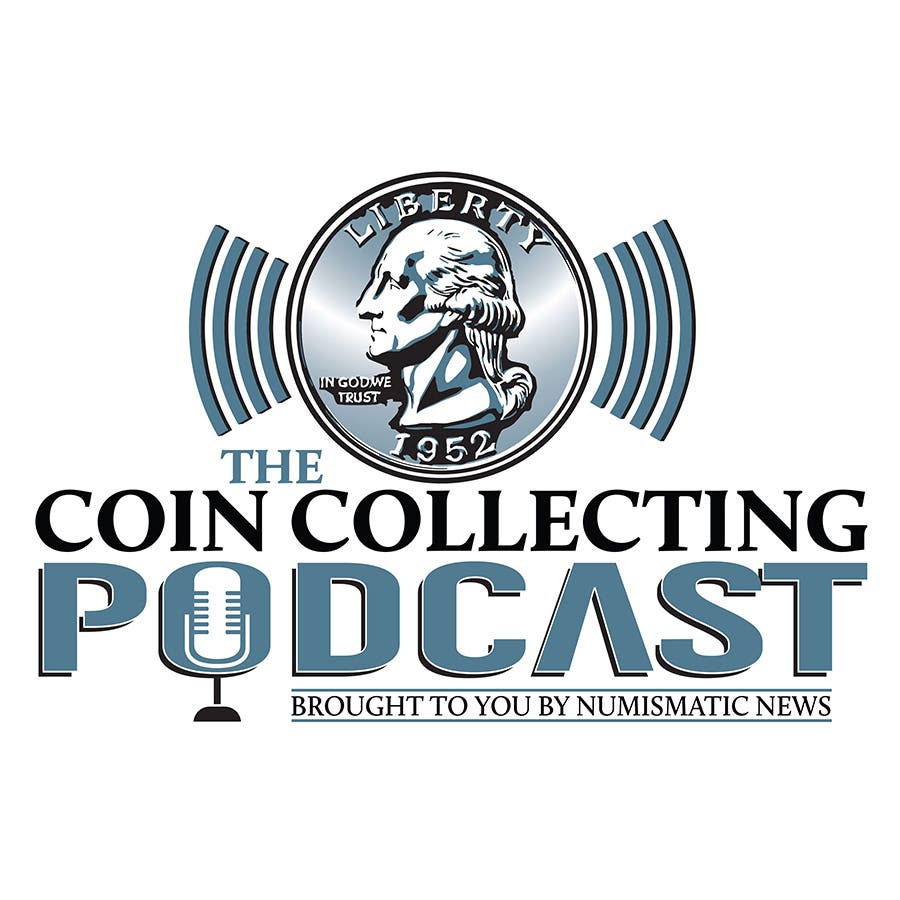How should you examine coins?
Each individual collector has evolved his own method to examine coins. Let me share some observations with you.
Each individual collector has evolved his own method to examine coins. Let me share some observations with you.
Would you believe that nearsighted individuals have an advantage over other graders? They can view a coin fairly closely without the aid of magnification. This is an important plus because the first step in grading should be to view the entire coin as a whole in order to form your “first impression.”
Some poor souls cannot do this and their grading skills may be compromised. I like to say that “magnification” is the great equalizer. It allows those with impaired vision to view a coin closely; however, problems may arise if you start your exam with magnification.
Those who view a coin initially with a hand lens may not see the coin in its entirety. One professional numismatist I know appears to be unable to make out the date on a quarter-sized coin held a foot from his face. He picks up a coin and immediately views it with a powerful loupe. There is a potential problem with this method. Look at the drawings in Figure 1.
In Figure 1, a silver dollar-size coin can be seen in its entirety (A) without magnification; but it takes at least four different observations (B) to view the same coin using 7x magnification. This technique may compromise your first impression. Note how the four lens positions in “B” do not overlap so parts of the coin may be missed initially.
Your first impression based on eye appeal should come to you very quickly. It is based on all the attributes of a coin that you have read about – strike, luster, toning, marks, etc. Everyone will get a first impression when viewing a coin; it’s unavoidable. Depending on your knowledge and experience, that first look may or may not conform closely to the coin’s actual final grade. So, when grading, your first step is to view the coin as a whole.
Experienced professionals can do this with barely a glance but there is a lot involved. Let’s break down the process I go through into small parts in no exact order and for no specific coin.
I’ll carefully pick up the coin and hold it by its edge with my thumb and several fingers so that I can tip and rotate it in the light. Are its surfaces original? Is the color of the coin usual for the alloy it is made from? Is it toned? Is its condition low for the type of coin or does this particular example stir my gut to own it?
I’ll look for luster. The amount of luster is very important for grading. If much of the luster is present, the coin should reach a grade of Extremely Fine or higher. Full luster puts the coin into the Mint State range of grades. The quality of the luster – whether it is bright or dull – is a factor that affects the final grade.
Is the luster original or is it impaired by over-dipping, cleaning or polishing? Often an impaired coin will “outshine” an original coin but it will be less desirable to own. Unfortunately, many folks cannot tell the difference between the two. I’ve written about this before. Look for rounded details and a “halo effect” around the relief to detect many forms of impairment.
How much design detail is present on the coin? Are the high points of the design a different color than the surrounding area? The color of the coin can indicate that it is impaired in less time than it took you to read this sentence.
Let’s consider any toning that may be present. A majority of older silver coins are uniformly gray. This is considered desirable especially when there are traces of toning present. Splotchy discoloration or areas of contrasting shades of black or gray will hurt a coin’s eye appeal.
Brown stains that often “hug” the relief, usually indicate that the coin was not rinsed thoroughly after dipping. Subtle colors up to blazing rainbows add to eye appeal, but I’ll need to decide later if the color is natural or artificial.
While at it, I’ll be looking for evidence of cleaning under the toning, especially parallel hairlines.
Next, I’ll look for obvious imperfections on the coin. Those that are extremely detrimental – in prime focal areas – will jump out at me. Many others may be hidden in the design. I’ll look for scratches, scrapes, and edge damage that are easy to spot.
Expert repairs can be missed at first unless you are consciously looking for them. Small contact marks should be expected on a majority of coins. Their effect on a coin’s grade depends on the number, size, severity and location. I like to describe the amount of marks by words such as very few, some, many, tiny, very small, etc. Using these adjectives has allowed me to form mental parameters for consistent grade ranges.
Guess what? All the things above were done in just few seconds after picking up the coin. Now it’s time for me to use some form of magnification to confirm my first impression of the coin’s grade.
More Resources:
• Subscribe to our Coin Price Guide, buy Coin Books & Coin Folders and join the NumisMaster VIP Program



